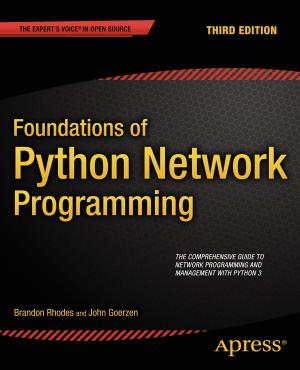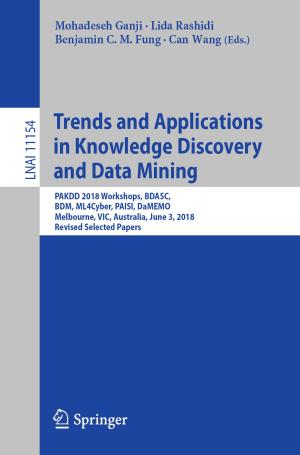| Author: | Robert Bodnaryk | ISBN: | 9781465700476 |
| Publisher: | Robert Bodnaryk | Publication: | September 8, 2011 |
| Imprint: | Smashwords Edition | Language: | English |
| Author: | Robert Bodnaryk |
| ISBN: | 9781465700476 |
| Publisher: | Robert Bodnaryk |
| Publication: | September 8, 2011 |
| Imprint: | Smashwords Edition |
| Language: | English |
NEW LIFE FOR AN OLD CODE. Morse is a simple, efficient and robust code that once served commercial and military needs for more than a century. Although it proved its worth in world-wide communications, Morse has never found favour with the blind for reading. Braille is used exclusively by blind readers. But why? It should be as easy, if not a lot easier, to read the raised dots and dashes of Morse, compared to reading the complex configuration of dots in a 6-dot or 8-dot Braille cell.
Anyone trying to read embossed Morse text soon learns that it is a mug’s game. Yes, it can be done by sliding an index finger across the raised dots and dashes of each letter. But it is slow, tedious work because Morse is a linear code that spreads across the page. Many individual letters are too long to be identified on a single pass without mentally keeping track of the dots and dashes that have “passed by”. Often one must go back for a recount just to make sure, a technique that is not conducive to speed, accuracy or equanimity of mind. Morse read by an audible tone or flashing light does not suffer these limitations because experienced readers recognize a letter not from its individual dots and dashes but from their pattern. It seems that reading by touch is not up to the task of processing linear dots and dashes in a way that would be useful to blind readers, either because of biomechanical or perceptual limitations.
In Braille, the pattern of dots in a Braille cell is perceived “all at once” by the pad of an index finger and then moving on to the next cell. It is the holistic character of coded Braille letters that enables Braille to be read with some facility.
I have devised a way of reconfiguring Morse letters so that they can be read like Braille. The essential coding of Morse is strictly maintained.
NEW LIFE FOR AN OLD CODE. Morse is a simple, efficient and robust code that once served commercial and military needs for more than a century. Although it proved its worth in world-wide communications, Morse has never found favour with the blind for reading. Braille is used exclusively by blind readers. But why? It should be as easy, if not a lot easier, to read the raised dots and dashes of Morse, compared to reading the complex configuration of dots in a 6-dot or 8-dot Braille cell.
Anyone trying to read embossed Morse text soon learns that it is a mug’s game. Yes, it can be done by sliding an index finger across the raised dots and dashes of each letter. But it is slow, tedious work because Morse is a linear code that spreads across the page. Many individual letters are too long to be identified on a single pass without mentally keeping track of the dots and dashes that have “passed by”. Often one must go back for a recount just to make sure, a technique that is not conducive to speed, accuracy or equanimity of mind. Morse read by an audible tone or flashing light does not suffer these limitations because experienced readers recognize a letter not from its individual dots and dashes but from their pattern. It seems that reading by touch is not up to the task of processing linear dots and dashes in a way that would be useful to blind readers, either because of biomechanical or perceptual limitations.
In Braille, the pattern of dots in a Braille cell is perceived “all at once” by the pad of an index finger and then moving on to the next cell. It is the holistic character of coded Braille letters that enables Braille to be read with some facility.
I have devised a way of reconfiguring Morse letters so that they can be read like Braille. The essential coding of Morse is strictly maintained.















